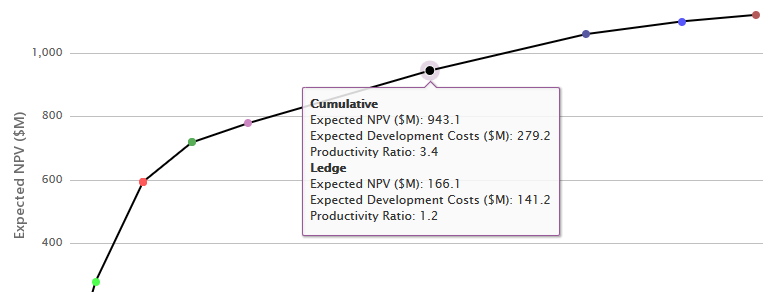
"…the problem with resource allocation isn’t ignorance of its importance—83 percent of executives we polled named it as the most critical management lever for spurring growth." - McKinsey
(Ref: Where, how much, and how: Answering the hardest questions of resource allocation)
And yet, McKinsey and Company go on to point out that a third of organizations included in a survey reallocate just 1% of capital from year to year. Whether you’re talking about money, talent, or time these precious, finite resources tend to be handled by management teams with far too much safeguarding and rigidity – leaving them in the dust of those who pursue a more deliberately dynamic resource allocation strategy.
What causes organizations to be so unbending? McKinsey sees the three most difficult questions to tackle when it comes to employing nimble and effective resource allocation strategies as:
- Where should we allocate the resources to/from?
- How much should be allocated?
- How do you put these strategic decisions into actions?
These questions may seem simple enough but they should not be taken on lightly. Management must make it a priority to provide cross-functional teams with a robust set of tools necessary to shift resources quickly and decisively in response to the ever-changing business landscape. In this way you can ensure your business is extracting every bit of potential value from investments, year after year. But what are those tools?
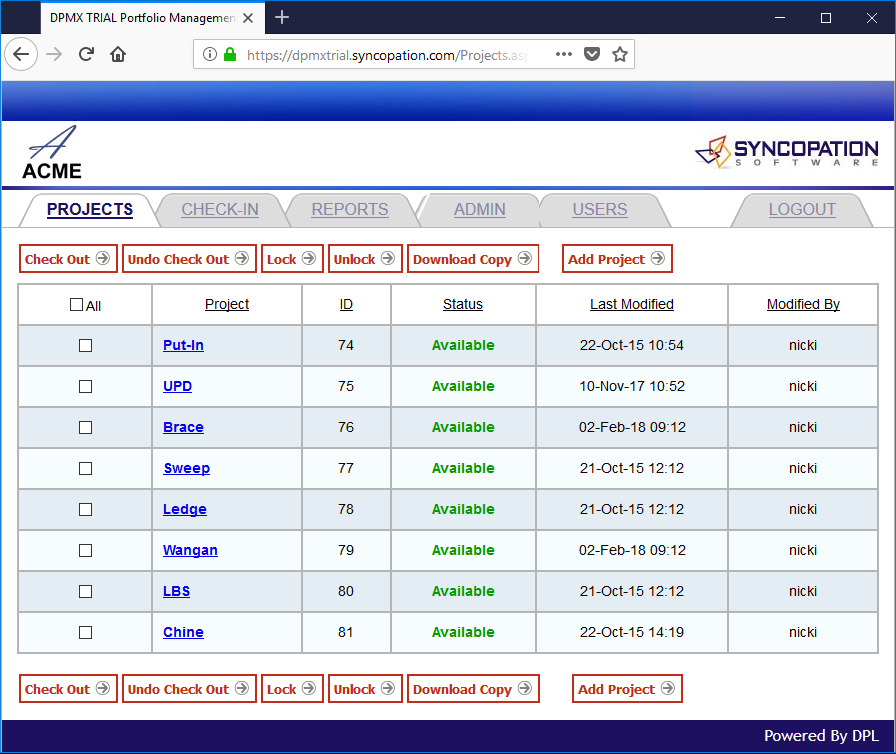
The Answer: DPMX
There is a cloud-based, rapid-implementation portfolio analytic system that can help you swiftly answer these 3 key questions: Syncopation Software’s DPMX System. DPMX helps you to cost-effectively put agile resource allocation processes in place that will enhance transparency, reduce status quo inertia, and increase the returns on your key investments. Read on to learn more about how DPMX can shed light on the where, how much, and how to of resource allocation.
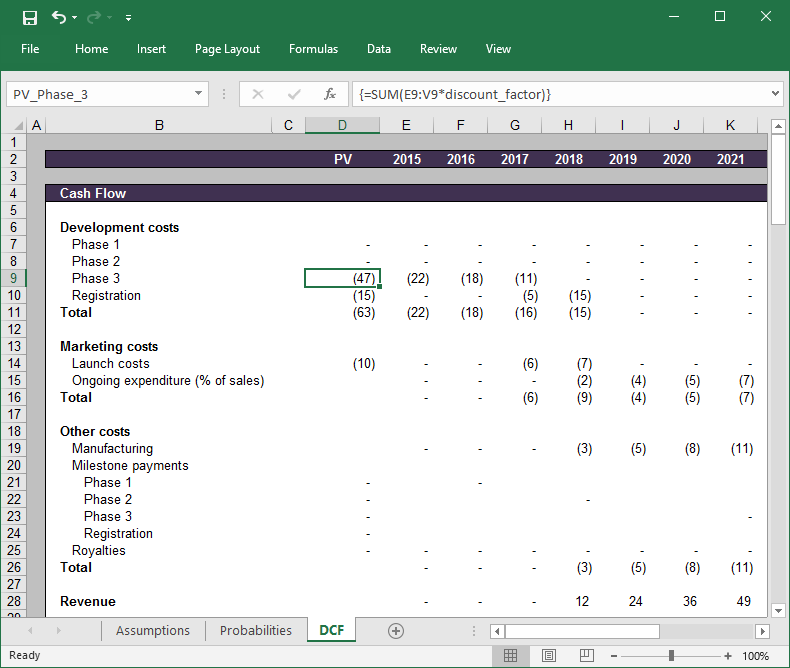
Where to allocate resources?
“The first step is to create an analytical foundation on which you can build a strong case for resource shifts.”- McKinsey
DPMX ensures you are employing a consistent valuation methodology and analytic process to the prioritization of project investment levels. DPL, the class-leading analytic engine that powers the system, calculates a set of base case, given success, and expected metrics that are common across projects. DPMX employs Excel spreadsheets – the lingua franca of project valuation – for its methodology.
As an added bonus, DPMX side stops the ad-hoc spreadsheet vs. “black box” system trade off by using Excel for project inputs and valuation but not for data management. The latest project assumptions are clear and readily accessible. If anyone feels the need to scrutinize and/or challenge critical assumptions – it’s as simple as opening an Excel spreadsheet and making edits.
How much should we allocate?
“Determining the right magnitude of action is often harder than identifying the targets for it.”- McKinsey
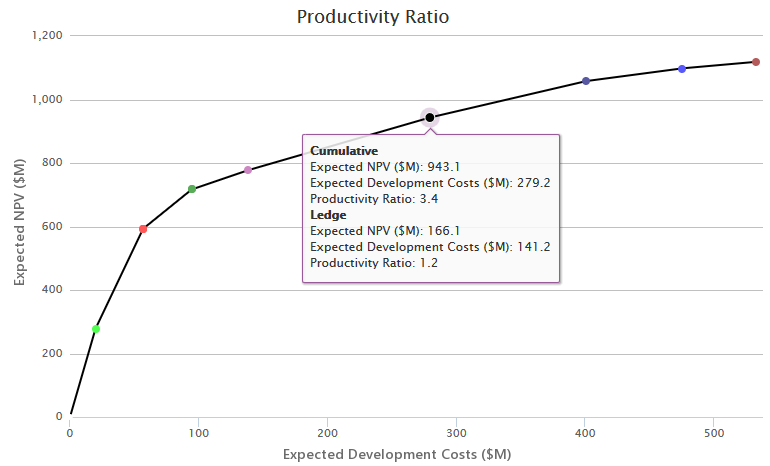
DPMX offers a full suite of on-demand results that allow you to visualize efficiency rankings at the project level and at the investment level within projects. Model templates (which takes the form of an intuitive decision tree in DPMX) can include an upfront funding level decision. An efficiency ranking chart shows you which projects should receive funding priority. At any investment level you’ll know if it’s better to invest more in an already funded project or fund an additional project in the portfolio.
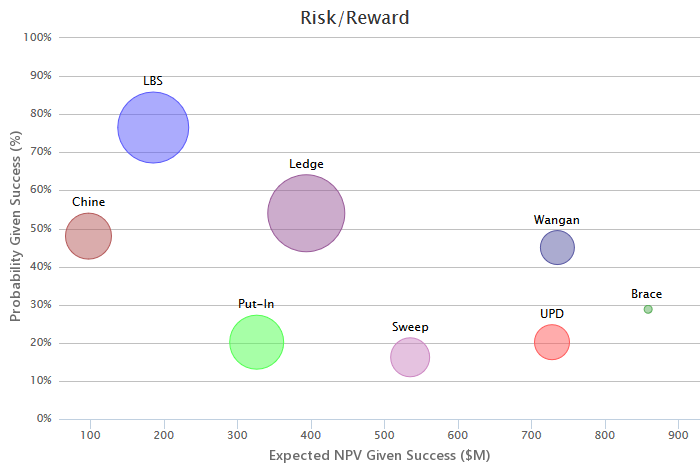
How to get it done?
“The fundamental goal of resource reallocation is to embed agility in the organization so it can move as opportunities shift.”- McKinsey
You’ve heard the phrase “If it ain’t broke, don’t fix it.” In certain situations these are wise words to follow, but not when it comes to resource allocation. Leisurely plodding along at the status quo because it all seems to be “working” can be financially ruinous to an organization.
DPMX offers a full suite of on-demand results that allow you to visualize efficiency rankings at the project level and at the investment level within projects. Model templates (which takes the form of an intuitive decision tree in DPMX) can include an upfront funding level decision. An efficiency ranking chart shows you which projects should receive funding priority. At any investment level you’ll know if it’s better to invest more in an already funded project or fund an additional project in the portfolio.
I’ll leave you with three critical ways in which DPMX can calm the fears of those resistant to change, resulting in a smooth transition from clear insights to confident action.
- Creating a common language: all projects are evaluated using a consistent, agreed upon set of metrics.
- Regular review of assumptions: project and portfolio valuation results are easily traced back to clearly specified and document inputs, revisions are tracked and assumptions can be readily challenged.
- Embedding dynamic resource allocation in planning processes: portfolio metrics are updated on a regular basis enabling evergreen resource allocation.